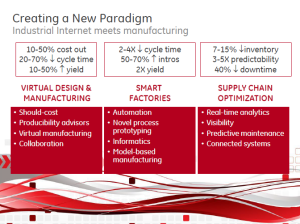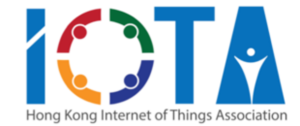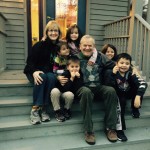Several months ago I wrote about an analogy to the world of business prior to the Internet of Things, in which a metaphorical illness called “Collective Blindness” affected every human for all time, so that we were unable to peer inside things. We just accepted that as an inevitable limitation, creating all sorts of work-arounds to try to be able to cope in the absence of real-time information about things of all sorts.
I then said that the Internet of Things would allow us to end Collective Blindness, getting — and sharing — the real-time data we’d need to make better decisions and work more precisely.
Now I’ve seen the tool that allows us to end that Collective Blindness: PTC’s Augmented Reality (AR), tool, Vuforia.
At last week’s PTC Liveworx conference, there was a mind-blowing demo of Vuforia by Terri Lewis, director of solutions and tech at Caterpillar, as it applied to the company’s XQ Gen Set, a portable power generator for job sites and special events. As PTC CEO James Heppelmann reiterated several times, the software is creating
“a single new reality that’s physical and digital at the same time….. and democratizing AR.”
(my emphasis)
Used as a sales tool, Vuforia Studio Enterprise lets the customer look inside the product, as contrasted with a static brochure. That’s neat, but what’s really incredible is how it lets maintenance people peer inside the device, and do so in a way (as Heppelmann said, “humans prefer to use sight an sound simultaneously”) that is much more effective in terms of zeroing in not only on what’s wrong, but also these specifics (such as replacement part numbers, etc.) to quickly repair them. Incidentally Heppelmann and Harvard Prof. and biz guru Michael Porter are collaborating on another article, this one on how to apply AR in a business setting (turns out that Porter is a member of the PTC board, and in the past few years he’s been using it as a lab to evaluate business use of the IoT).
Another example of Vuforia’s work in maintenance demonstrated at the conference was by Flowserve, the world’s largest flow control company. Vuforia helps them manage devices in real-time (the person at the pump can see what is actually happening), cutting the number of repair trips from three to one, because they are able to diagnose the problem at the beginning, and bring the replacement parts with them. Then they can do do real-time simulations to see if the problem has been solved. The company believes they saved $2 billion in excess repart costs in 2015 alone.
Vuforia Studio AR lets users set up augmented reality simulations in minutes without writing code, and can also be used in product design review.
I had a chance to try the XQ Gen Set visualization with an AR headset myself, and it was as powerful as promised.
I must admit the first time I tried on an AR headset — and almost jumped on one of the other users because I was jumping back to avoid falling several hundred feet off a sharp cliff into the ocean — I was amazed by the realism, but didn’t really think much about its serious business uses. PTC’s Vuforia Studio AR made me a believer: it’s helping us cure Collective Blindness, and AR will be yet another tool to bring about unprecedented precision and efficiency in every aspect of manufacturing and product maintenance!
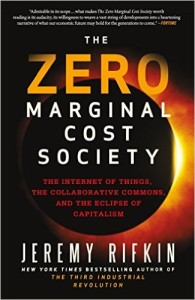
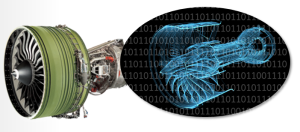
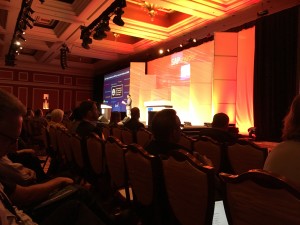
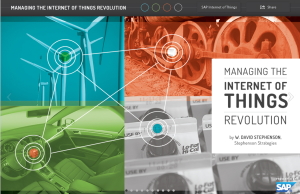 This is an issue that I first visited with my “
This is an issue that I first visited with my “